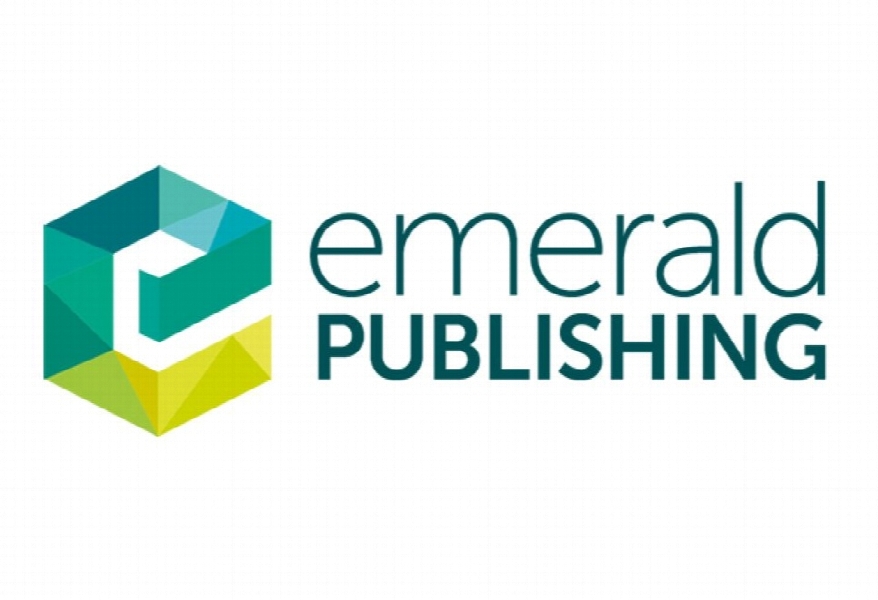تکامل حسابرسی: از رویکرد سنتی به حسابرسی آینده Evolution of Auditing: From the Traditional Approach to the Future Audit
- نوع فایل : کتاب
- زبان : انگلیسی
- ناشر : Emerald
- چاپ و سال / کشور: 2018
توضیحات
رشته های مرتبط حسابداری
گرایش های مرتبط حسابرسی
مجله حسابرسی مستمر – Continuous Auditing
منتشر شده در نشریه امرالد
گرایش های مرتبط حسابرسی
مجله حسابرسی مستمر – Continuous Auditing
منتشر شده در نشریه امرالد
Description
Introduction Auditing is currently at a critical juncture. Specifically, advances in information technology in conjunction with real-time approaches to conducting business are challenging the auditing profession. As such, the primary purpose of this essay is to examine the extent to which the auditing discipline in the United States has advanced and identify the trajectory it might take if it is to continue to thrive and provide long-run value to society at large. A Brief History of Auditing in the United States Although auditing procedures have been relied upon for many years, the formal practice of auditing has been in existence for a relatively short period. In addition, emphasis has historically been placed on a periodic, backward-looking approach whereby key events and activities are often identified long after their occurrence or simply undetected. Given that recent developments and technologies facilitated a movement away from the historical paradigm and toward a more proactive approach, it is essential that auditors understand what the future audit entails and how they might begin to envision a logical progression to such a state. To enhance this comprehension, it is advisable to consider how auditing has evolved from its formal beginnings in the early twentieth century. The Industrial Revolution and the resulting explosion in growth of business activity led to widespread adoption of auditing methods. The railroads, in their efforts to report and control costs, production, and operating ratios, were major catalysts in the development of the accounting profession within the United States (Chandler 1977). Specifically, firms became aware of the need for mechanisms of fraud detection and financial accountability, and investors increasingly relied upon financial reports as corporations began to participate in the stock market. Although these issues prompted an expansion in the use of accounting and auditing mechanisms, it was after the stock market crash of 1929 that auditing became an obligatory process in the United States.


